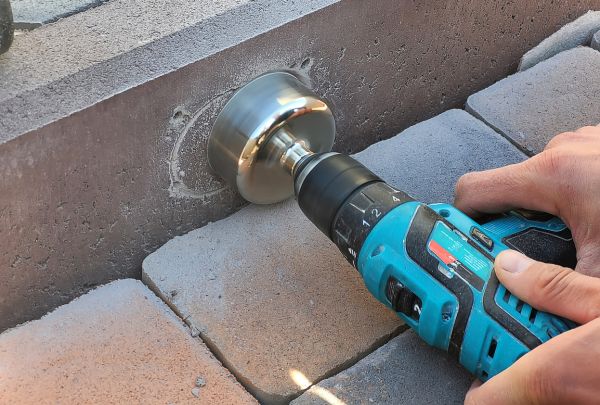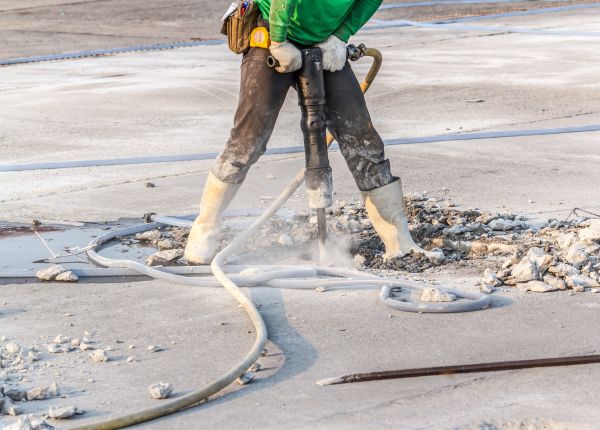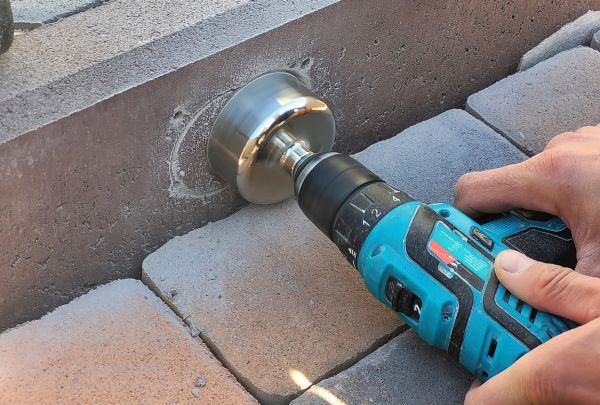FAQs About Hole Coring
What is hole coring service?
Hole coring service involves drilling precise, circular holes through various materials such as concrete, stone, asphalt, or brick. It is commonly used for tasks like plumbing, electrical installations, or venting systems.
What types of materials can be cored using this service?
Hole coring can be performed on a variety of materials including concrete, brick, stone, asphalt, and even some metals. Specialized equipment is used depending on the material being drilled.
How long does a hole coring project take?
The duration of a hole coring project depends on factors like the size and depth of the hole, the material being cored, and the accessibility of the site. Simple jobs can take just an hour, while more complex ones may take a few hours.
Is hole coring noisy or disruptive?
While hole coring can generate noise, advanced tools and techniques are used to minimize disruption. Professional contractors often use wet coring systems, which also help reduce dust levels during the process.
What are the common uses of hole coring services?
Hole coring is commonly used in construction projects for installing pipes, conduits, electrical wiring, HVAC systems, and drainage solutions. It's also used for structural inspections or to create access points in walls, floors, or ceilings.



